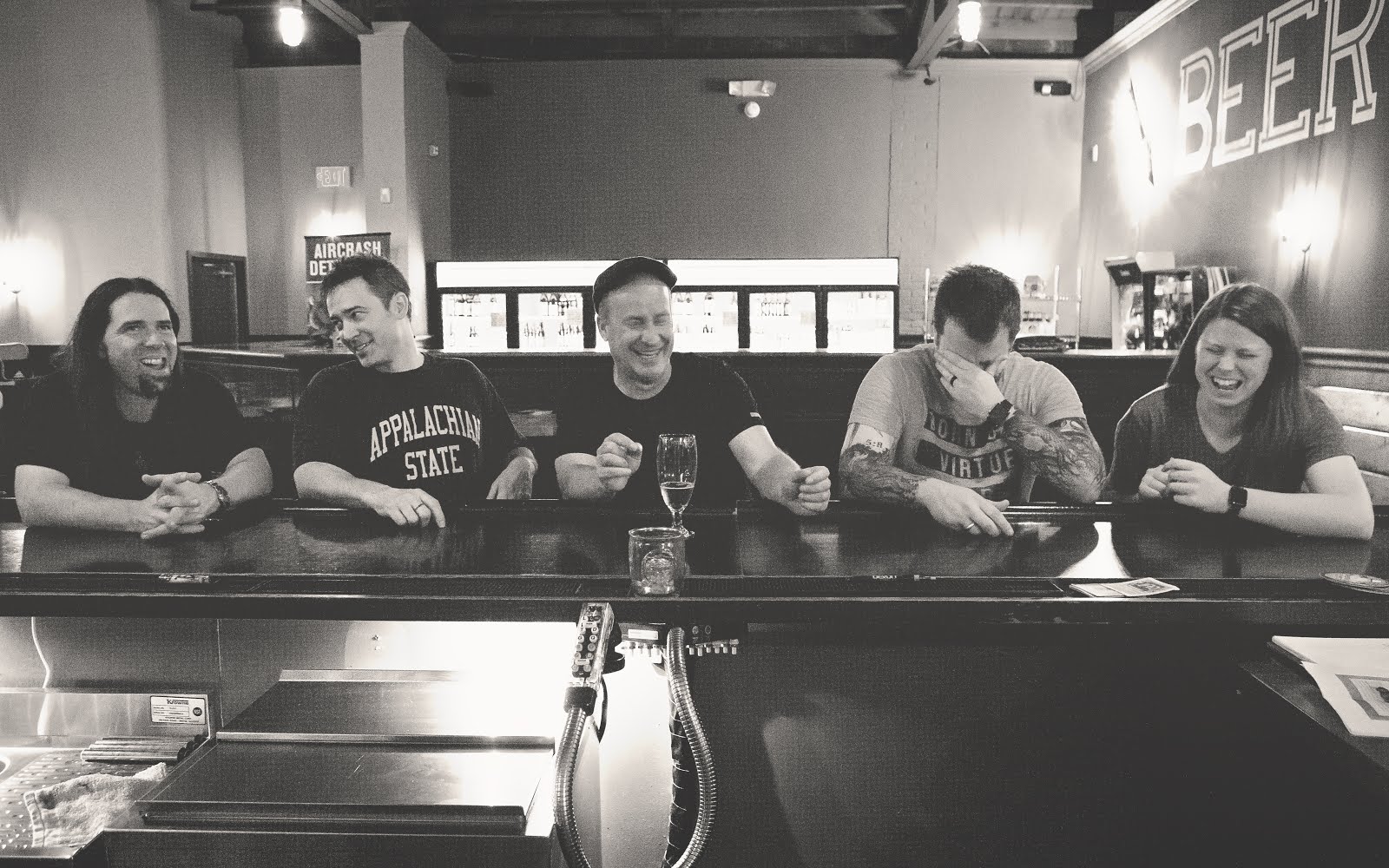Delta Print and Packaging managing director Terry Cross has inspired much admiration for his company's success and contribution to west Belfast.
Belfast Lord Mayor Mairtin O Muilleoir, also owner of the west Belfast-based Belfast Media Group, said he had visited the factory last year with fellow councillor Gavin Robinson, when the two presented the entrepreneur with a Belfast Ambassador award.Mr O Muilleoir said he believed a love of the printing trade had helped make Mr Cross a success. "Terry has ink on his fingerprints and has had, all his life," he said.
"He started out making dance tickets and is now the foremost print and packaging manufacturer in all Europe. Terry loves the smell of paper and ink and he loves printing presses."
Good business sense had helped make him a success, Mr O Muilleoir said.
"He is impish, but he is also canny. To be able to succeed in business for five decades takes a really special spirit," he added.
"It has taken real stickability and ability to weather the economic storms."
Going after big clients overseas had been a big part of his success. "The success of Delta Print & Packaging has emphasised the importance of big corporate US orders with companies like Proctor & Gamble, KFC and McDonald's to keep jobs in the city of Belfast," he said.
Delta also has nine factories in China and two in India, but the fact that Belfast has been chosen for the latest investment has won praise from the First Ministers.
Mr Cross also ventured into a new area in 2000, when he bought a chateau and estate in Bordeaux, replanting its vineyard with the aim of restoring the reputation of the Chateau de La Ligne.
http://www.belfasttelegraph.co.uk/business/news/success-down-to-a-love-of-the-printing-trade-mayor-30125650.html






















































